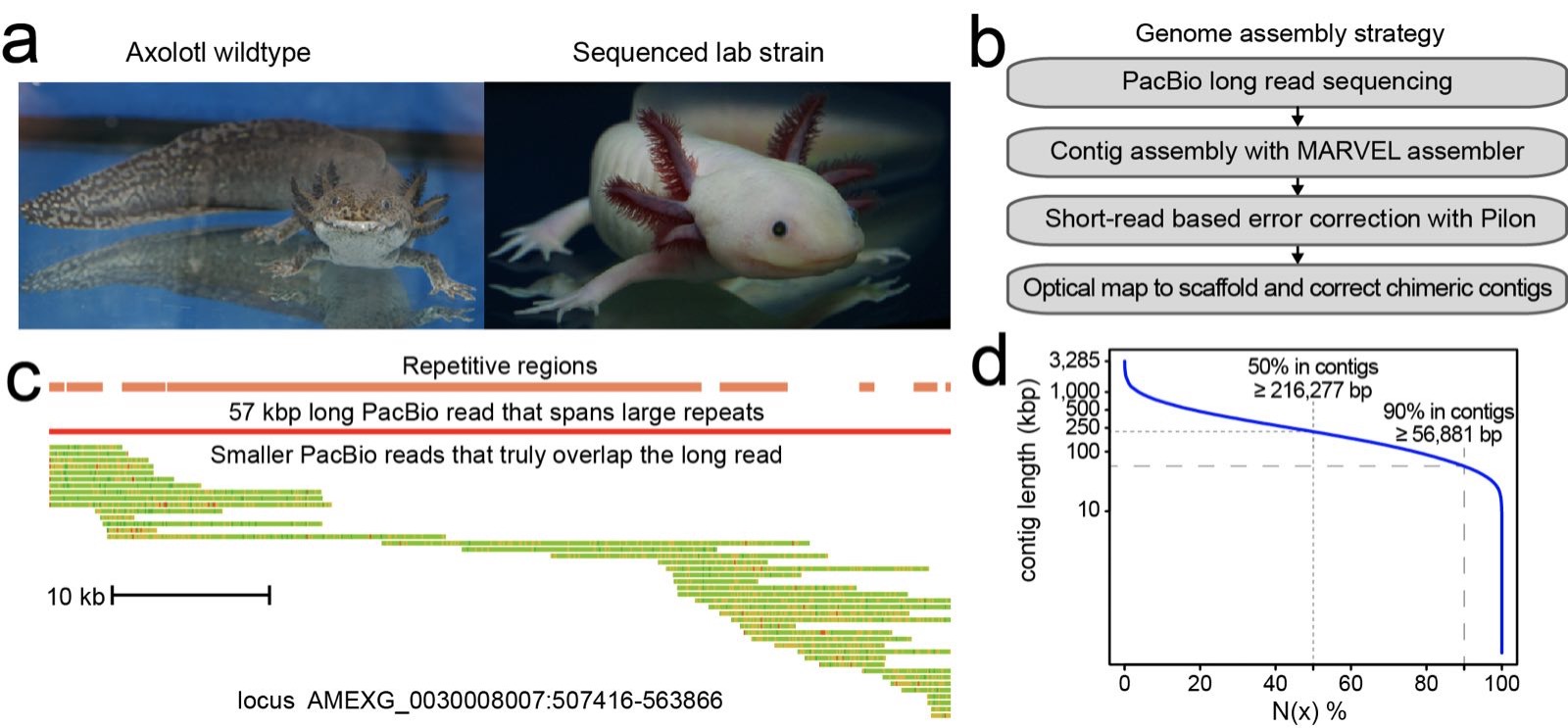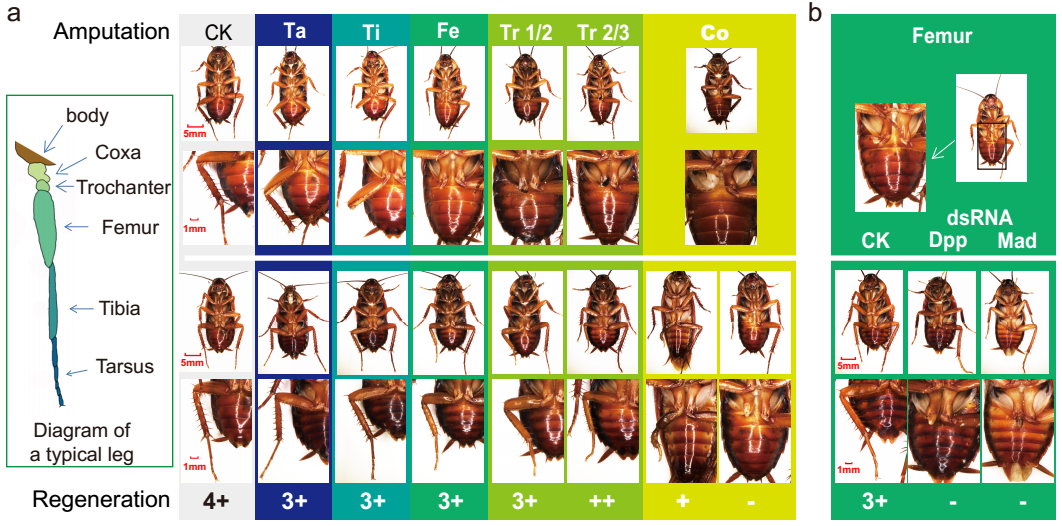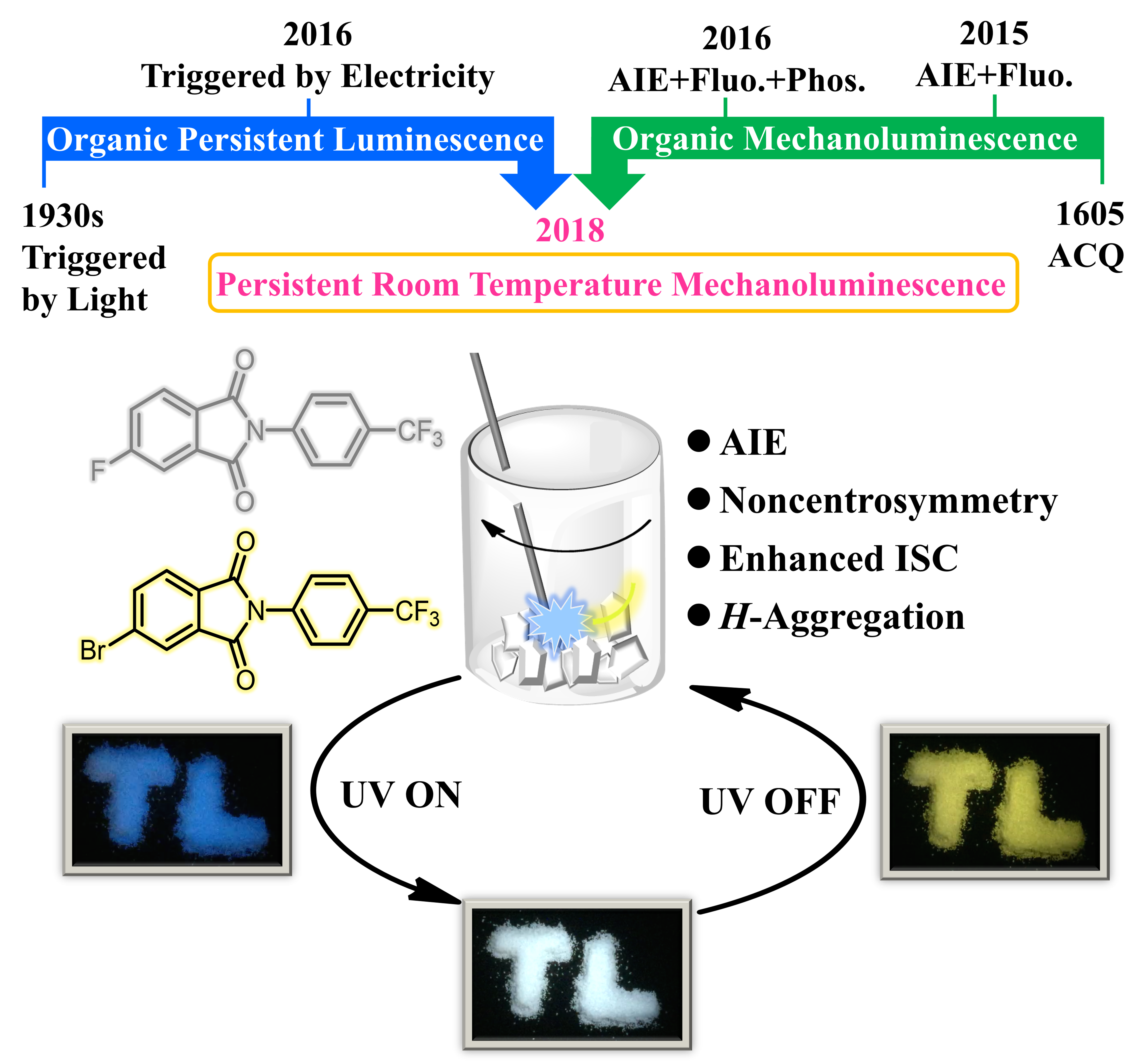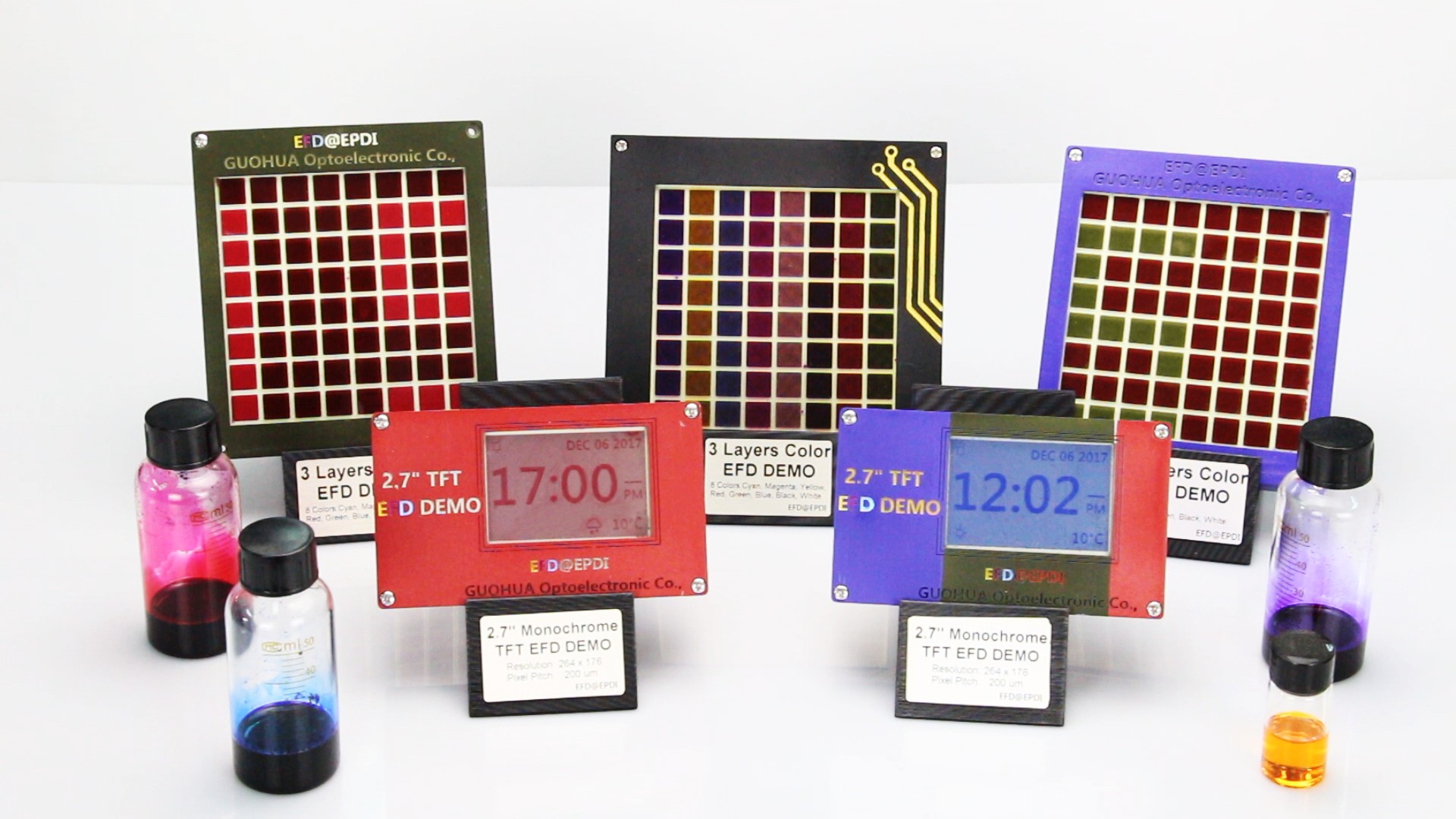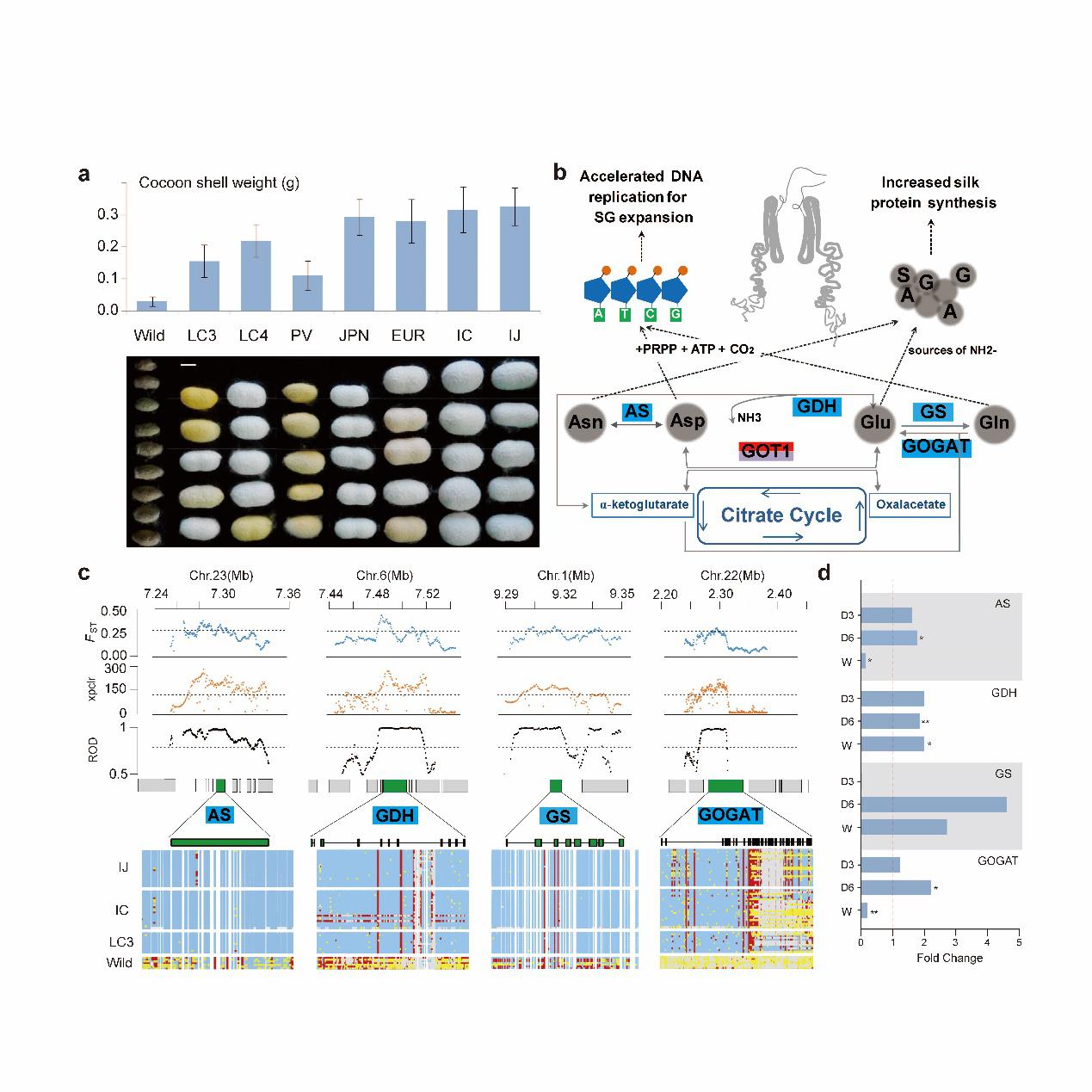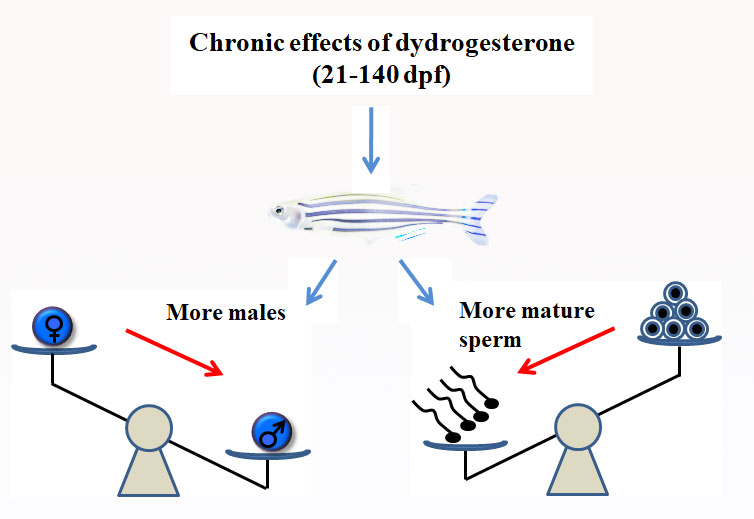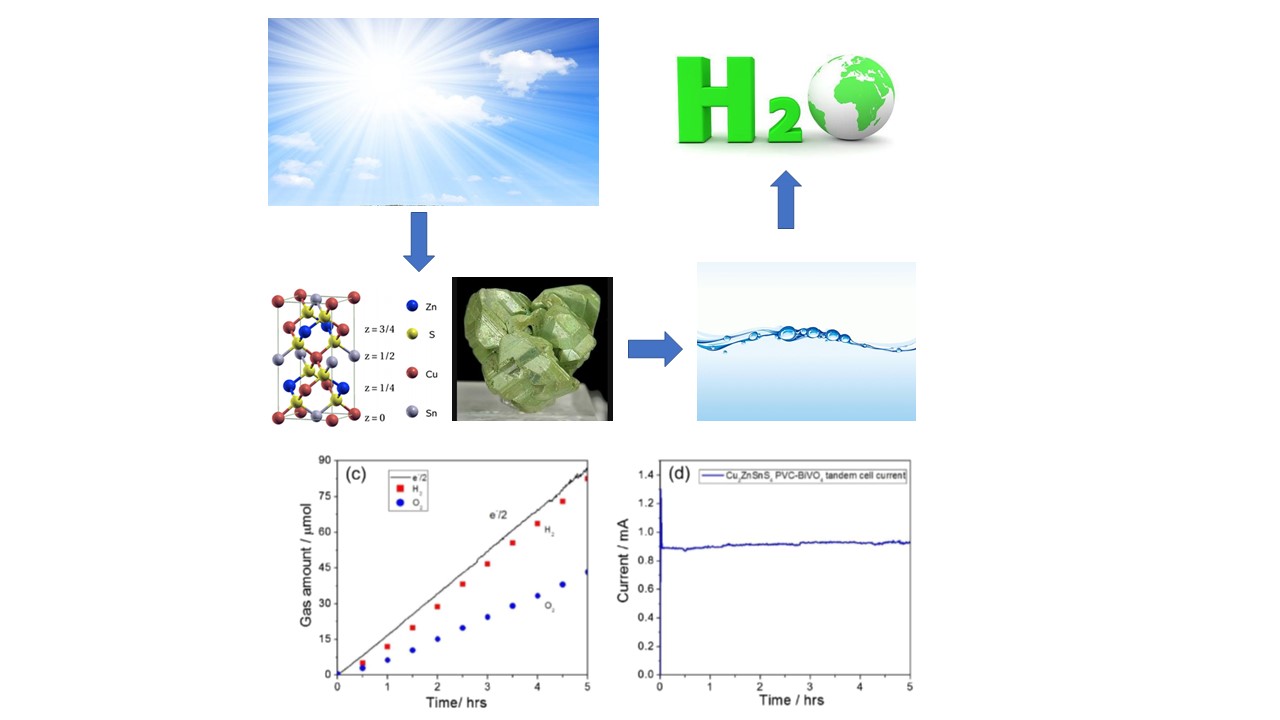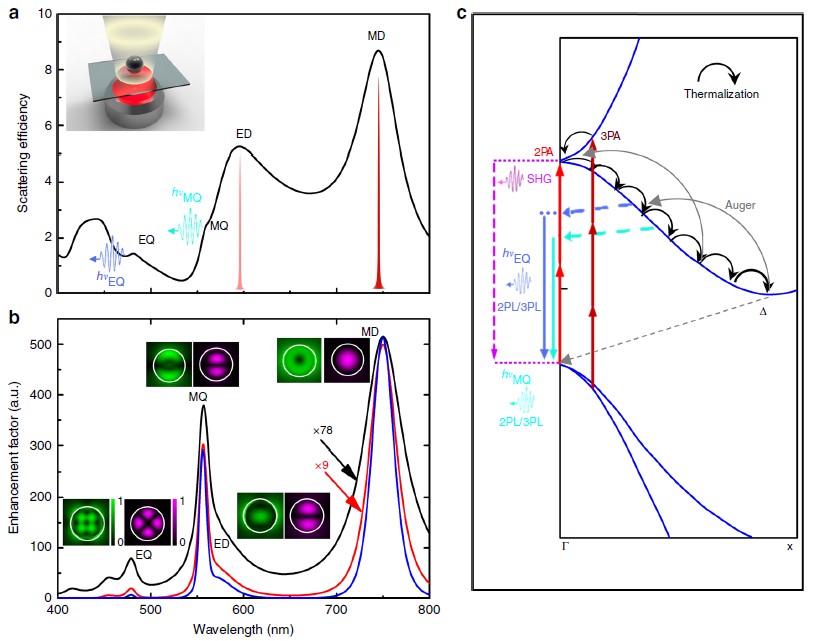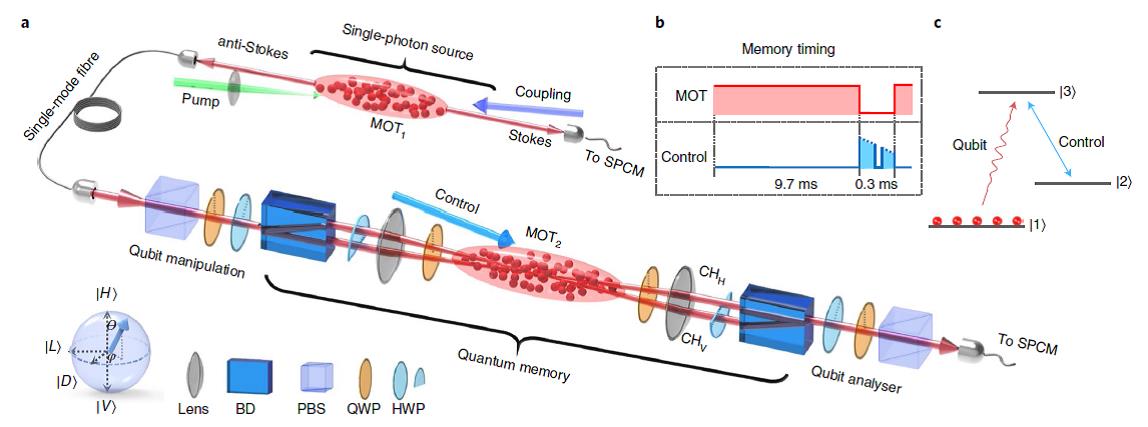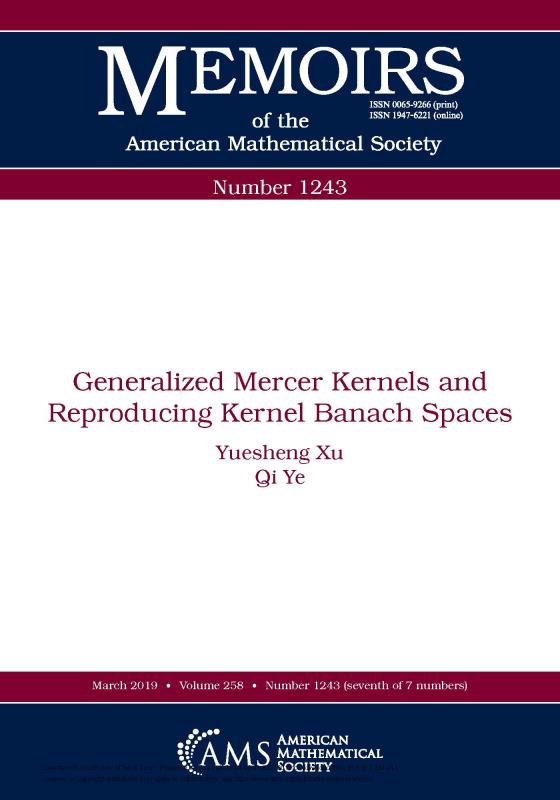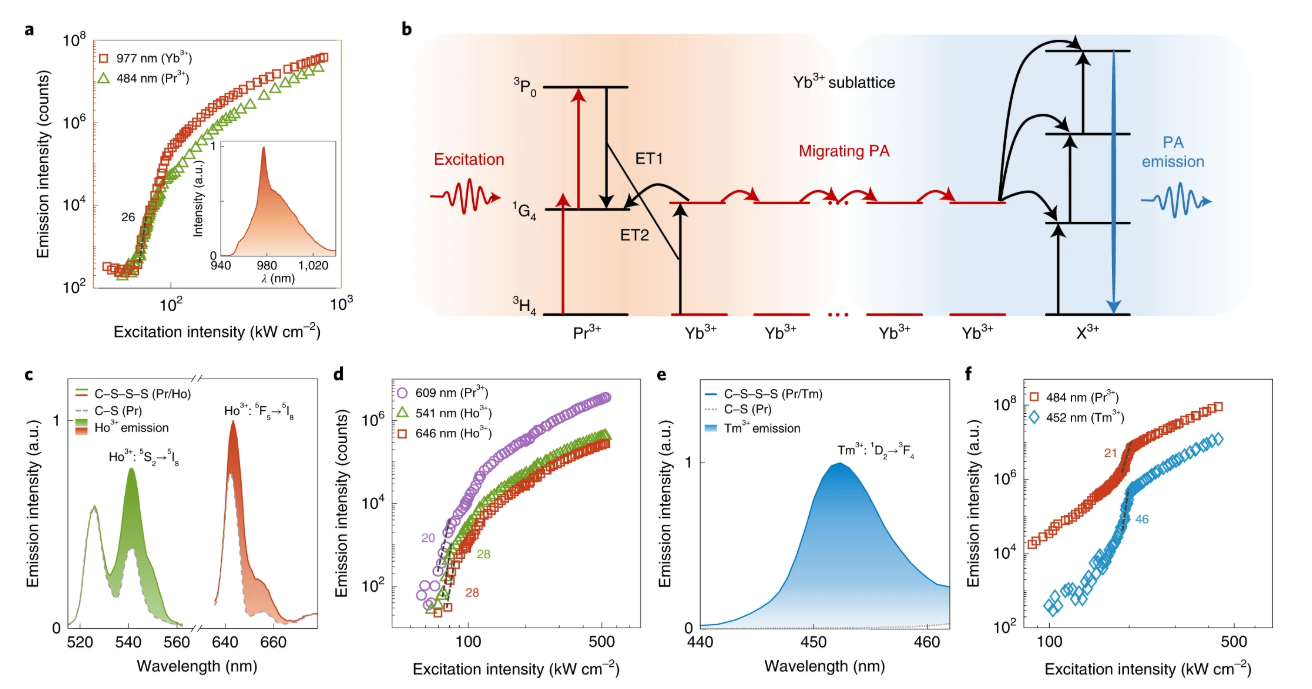
Likes
As a unique upconversion mechanism, photon avalanche (PA) has been identified as a promising nonlinear multiplicative effect that can induce a large nonlinear response from materials for diverse applications. During the past 40 years, it could be only seen from bulk materials, even demanding some extreme conditions, like ultra-low temperature. With the advent of nanotechnology, realizing the PA effect at the nanoscale is crucial to fulfil the demand of frontier applications. Therefore, how to generate PA effect from nanomaterials at ambient temperature has always been a great challenge in physics.
Recently, a research team led by Prof. Zhan Qiuqiang, of the South China Academy of Advanced Optoelectronics, showed a universal strategy, based on a migrating photon avalanche (MPA) mechanism, to generate huge optical nonlinear core/shell nanostructures. The findings have been published in Nature Nanotechnology (2022), titled “Migrating photon avalanche in different emitters at the nanoscale enables 46th-order optical nonlinearity”.
During the process of activating avalanche looping cycles at the core of the MPA nanoparticle (under 852 nm laser excitation), these nanocrystals exhibit a 26th-order nonlinearity and a clear pumping threshold of 60 kW cm−2. According to the research, they not only found out the internal mechanism affecting PA effect, but explored the huge nonlinear optical responses curve, covering from blue light to red light under near-infrared light excitation.
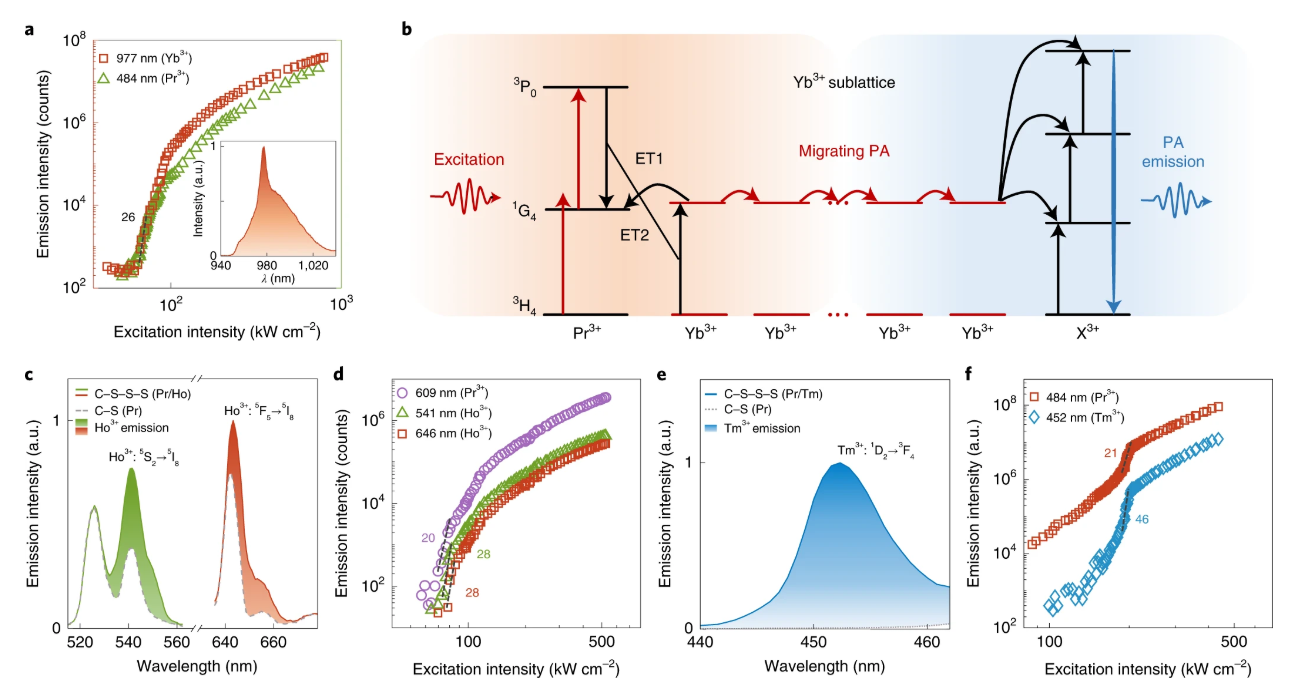
Demonstration of migrating photon avalanche (MPA).
Additionally, they demonstrated that the avalanching Yb3+ ions can migrate their optional nonlinear response to other emitters (for instance, Ho3+and Tm3+) located in the other shell layer, resulting in an even higher-order nonlinearity (up to the 46th for Tm3+) due to further cascading multiplicative effects. Their strategy therefore provides a facile route to achieve giant optical nonlinearity in different emitters. Based on this effect, they invented a near infrared super-resolution microscopy imaging technology with single beam and low light intensity, which is easy to focus but has four times higher resolution, and it is applied to the observation of the subcellular structure. Finally, they also demonstrated applicability of MPA emitters to bioimaging, achieving a lateral resolution of ~62 nm using one low-power 852 nm continuous-wave laser beam.
Co-first authors of the paper are Master students Liang Yusen, Zhu Zhimin and PhD candidate Qiao Shuqian, while the corresponding author is professor Zhan Qiuqiang. Other co-authors include professor Jerker Widengren, Dr. Liu Haichun, professor Sun Lingdong and Dr. Hao Dong. This research was funded by the National Science Fund for Distinguished Young Scholars, the National Science Fund for Distinguished Young Scholars of Guangdong Province and the National Natural Science Foundation of China.
See the paper: https://www.nature.com/articles/s41565-022-01101-8
Source from SCNU
Translated by Zeng Wenting,Yang Yi
Proofread by Edwin Baak
Edited by Li Jianru
What to read next:
